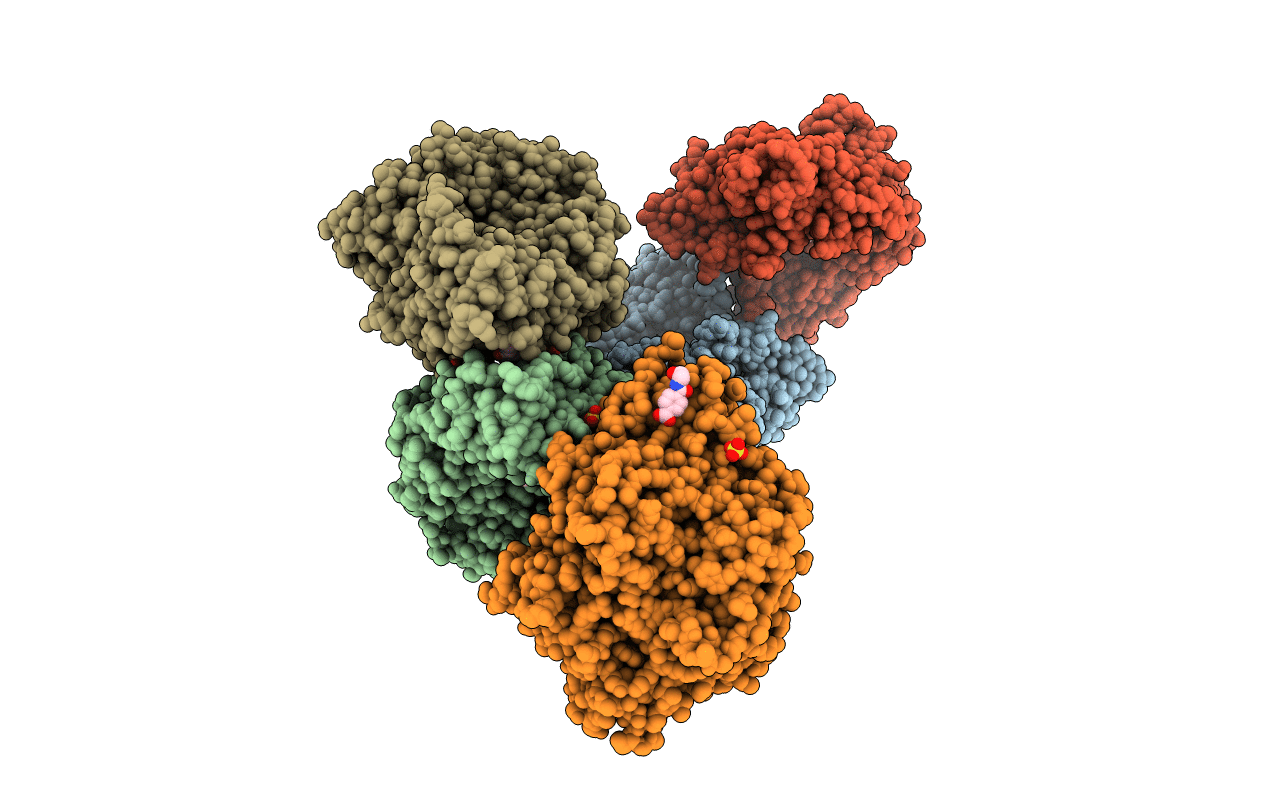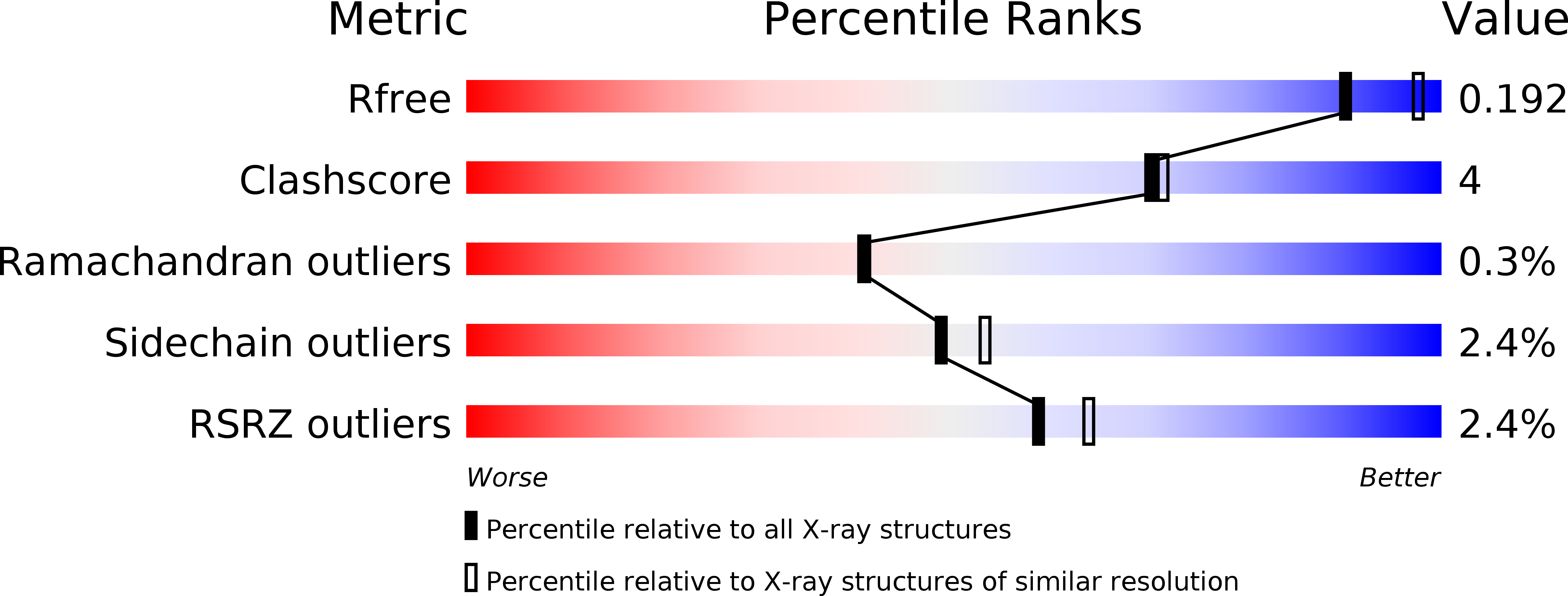
Deposition Date
2019-01-10
Release Date
2019-04-03
Last Version Date
2024-11-13
Entry Detail
PDB ID:
6QGA
Keywords:
Title:
Crystal structure of Ideonella sakaiensis MHETase bound to the non-hydrolyzable ligand MHETA
Biological Source:
Source Organism:
Ideonella sakaiensis (Taxon ID: 1547922)
Host Organism:
Method Details:
Experimental Method:
Resolution:
2.10 Å
R-Value Free:
0.19
R-Value Work:
0.17
R-Value Observed:
0.17
Space Group:
P 21 21 21


